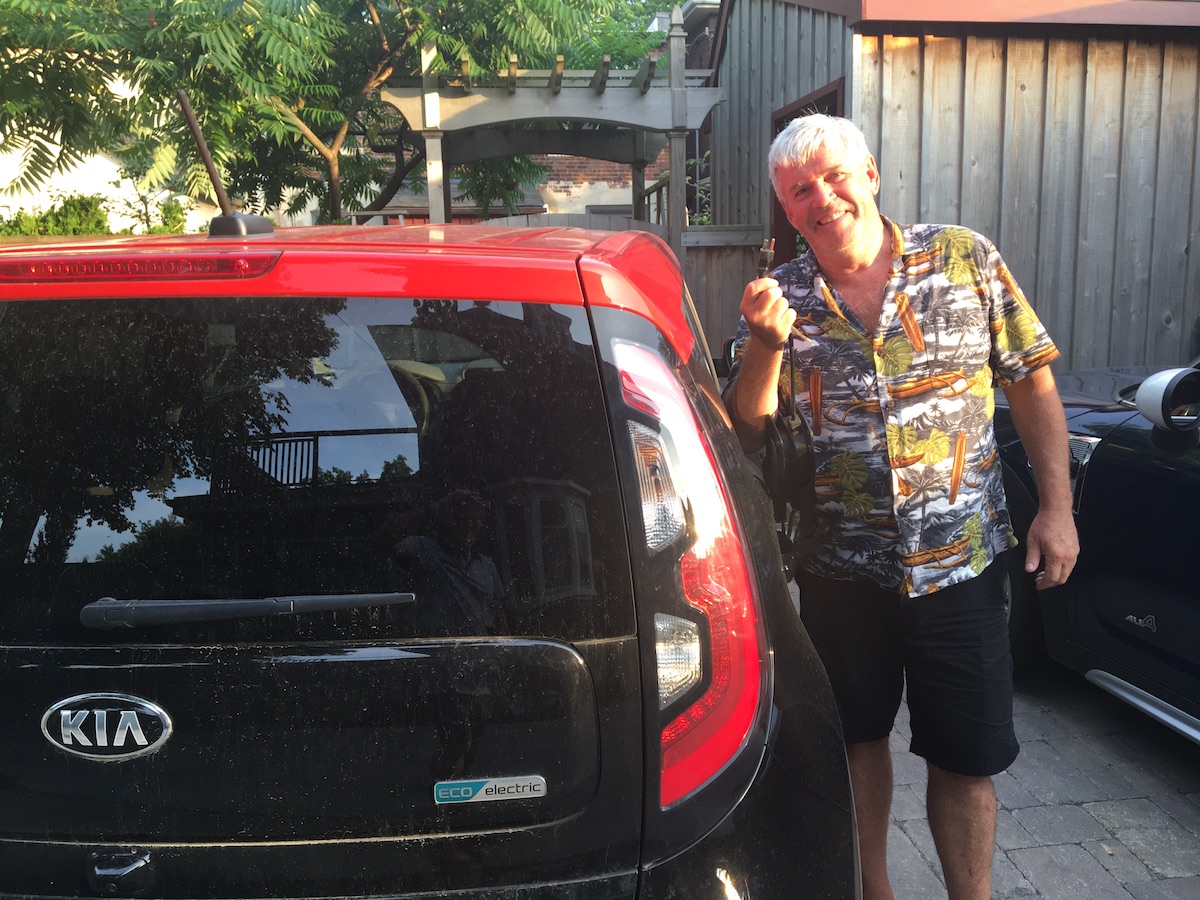
By Arthur Potts
While renovating our house three years ago, we put a shed up in the backyard, beside were we can park two cars. My neighbor suggested we add a 60 amp service to the shed to accommodate a Level 2 fast charger because, as he said at the time, “it won’t be long till you own an electric car.” New building code rules now also require this for new builds.
As it turns out, two years later I did buy an electric car. Inspired by the prospect that the new government in Ontario was about to cancel the EV Incentive program, I signed up and got a 2018 Kia Soul, with about a 200 km range, just under the wire before the $14,000 incentive was cancelled.
I delayed getting a 220-volt Level 2 charger, and simply plugged the car in to a 115-volt outlet I had installed in the shed. Although it takes about 33 hours to fully re-charge the battery from near zero, I found that my driving patterns typically left me with a fully charged car every morning. And in winter, the car pre-conditions itself, defrosting the windows and heating the interior, all from the house electrical circuits.
I had been quite anxious that not having the faster charging infrastructure at home would leave me vulnerable to not having enough juice to get me where I needed to go. To my astonishment, that has never happened. So often, when out for meetings, even driving some distance to Hamilton, Whitby or Barrie, I found that there often was a charging station nearby that I could plug in to, if necessary, while I was meeting. Furthermore, on a full day of driving, one has to eat, so planning some food around a Level 3 charging station was easy enough to do. If I had to go to a charging station that wasn’t convenient, it was easy enough to sit in the car, answer emails and get other things done in the 30 minutes required to get up to an 80% charge.
So now I am convinced I don’t need to spend the money on a Level 2 home charger. The trickle charging suits me fine.
Love it!
Level 2 chargers have come down in price, maybe it’s time to reconsider.